Driving in Portugal
Tips for the Road
- Portugal follows the right-hand driving system.
- You should yield to traffic approaching from the right at junctions or crossroads, unless traffic signs indicate a different priority.
- Turning right on a red light is not permitted in Portugal. Drivers must wait for the green signal before proceeding.
- Headlights must be used in tunnels and during conditions of poor visibility. Additionally, you should use your headlights on highways and rural roads, even during the day.
- Using mobile phones without a hands-free system while driving is strictly prohibited.
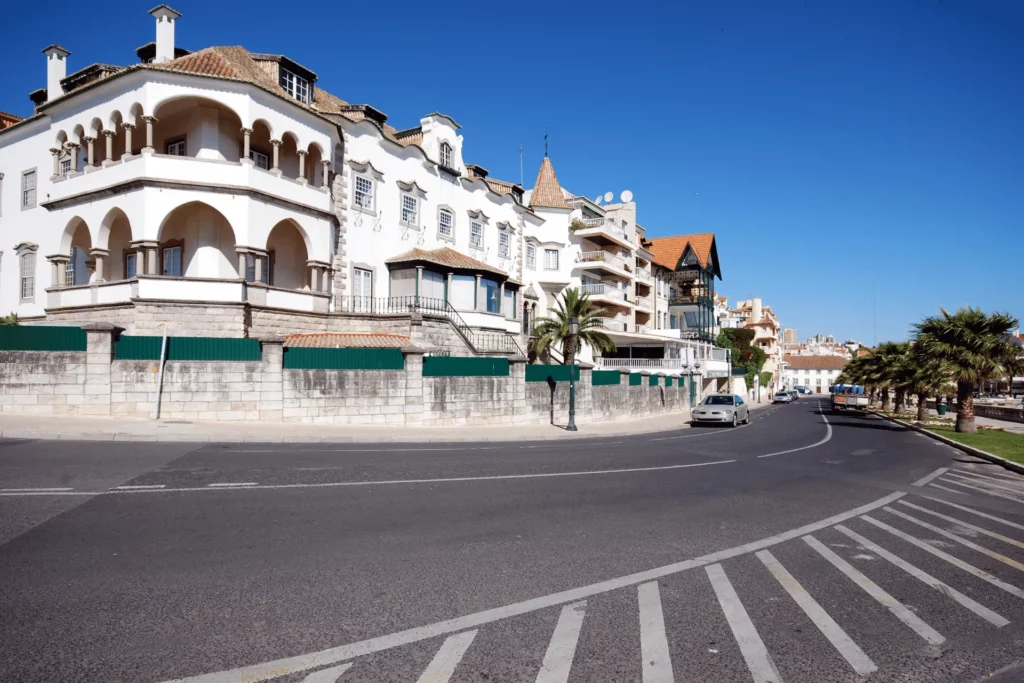
Road Types and Speed Limits
- Speed Limit: Typically 120 km/h (75 mph), though it can be reduced in certain areas or during adverse weather conditions.
- Characteristics: Portugal's Autoestradas are major highways that connect key cities and regions across the country. These roads may have toll charges, so travelers should be prepared for toll expenses during long journeys. Service areas with fuel stations and restaurants are available along these routes.
- Speed Limit: Usually around 90 km/h (56 mph).
- Characteristics: National roads link smaller towns and provide scenic drives through Portugal's diverse landscapes, including coastal areas and rolling hills. These important roads are generally toll-free and are essential for connecting regional communities and facilitating easier access to more remote areas.
- Speed Limit: Varies, but generally between 70-90 km/h (43-56 mph).
- Characteristics: Regional roads in Portugal connect larger towns within specific regions, offering practical and efficient routes for regional travel. These roads are crucial for local connectivity, facilitating economic and social activities between communities. They often go across various landscapes, from urban areas to the countryside.
- Speed Limit: Typically ranges from 50 km/h (31 mph) to 70 km/h (43 mph), with lower limits in residential and urban areas.
- Characteristics: These are local roads within towns, cities, and rural communities, handling local traffic and providing access to specific neighborhoods.
Portugal has two type of toll roads:
- Mixed Toll Roads
- These roads have both electronic tolls and manual payment lanes. In the manual lanes, you can pay tolls with cash or a card. For the electronic lanes, you need a Via Verde transponder. Be careful not to enter Via Verde lanes without a transponder, as this can lead to fines. It's a good idea to carry cash in case non-Portuguese credit cards are not accepted.
- Electronic Toll Roads
- These roads operate with an all-electronic system. As you drive, sensors record your vehicle's entry and exit, and tolls are calculated based on the distance traveled. While overhead electronic displays will show the toll fees, actual payment is not made at the road. You can pay these tolls post-travel at post offices, EasyToll machines, or Via Verde shops.
- Autoestrada A1 (Lisbon to Porto): This is Portugal's primary north-south highway, connecting the capital Lisbon to Porto. It serves as a vital link for travel and commerce between these two major cities.
- Autoestrada A2 (Lisbon to Algarve): Stretching from Lisbon to the sunny Algarve region in the south, this highway is key for accessing Portugal's famous southern beaches and resorts.
- Autoestrada A3 (Porto to Valença): Connecting Porto to Valença, this road is important for travel to the northern regions of Portugal and for the border crossing into Spain.
- Autoestrada A4 (Porto to Trás-os-Montes): This route heads east from Porto into the Trás-os-Montes region, offering access to the interior northern areas of Portugal.
- Autoestrada A5 (Lisbon to Cascais): A crucial route for local commuters, it connects Lisbon with the coastal town of Cascais, a popular area for tourism and leisure.
- Autoestrada A6 (Lisbon to Spain): Linking Lisbon to the Spanish border, this highway is essential for international travel and trade between Portugal and Spain.
- Estrada Nacional 2 (Chaves to Faro): One of Portugal's most scenic routes, it spans the entire country from Chaves in the north to Faro in the south, passing through a variety of landscapes and towns.
In Greece, especially in Athens, there are Restricted Traffic Zones or "Daktylios," where access is limited to reduce traffic and pollution. Cars with odd or even license plate numbers are allowed into these zones on alternate days. Limited Traffic Zones are also in place in historic and tourist areas, mainly allowing only residents and authorized vehicles. These restrictions are enforced during specific hours on weekdays, and signs indicate the rules.
- Motorway A1 (Pathe Motorway): Greece's vital motorway connecting Athens to Thessaloniki and continuing towards the border with North Macedonia.
- Motorway A2 (Egnatia Odos): A significant transverse route that stretches from the Ionian Sea to the Turkish border, traversing Northern Greece and linking major cities and ports.
- Motorway A6 (Attiki Odos): A modern ring road providing fast travel around Athens, connecting multiple motorways and easing access to the Athens International Airport.
- Motorway A7 (Moreas Motorway): Links the region of Peloponnese with the rest of Greece, running from Corinth to Kalamata, with a branch to Tripoli.
- Motorway A8 (Olympia Odos): Connects Athens to Patras, the third-largest city in Greece, improving the connection between the Peloponnese and mainland Greece.
- National Road 1 (Ethniki Odos 1): An older but significant route running parallel to the A1 Motorway, connecting Athens and Thessaloniki with several historical and tourist destinations along the way.
- National Road 90 (VOAK): The north-south axis on the island of Crete, ensuring connectivity across the island, from Chania through Heraklion to Sitia.
Top City Destinations
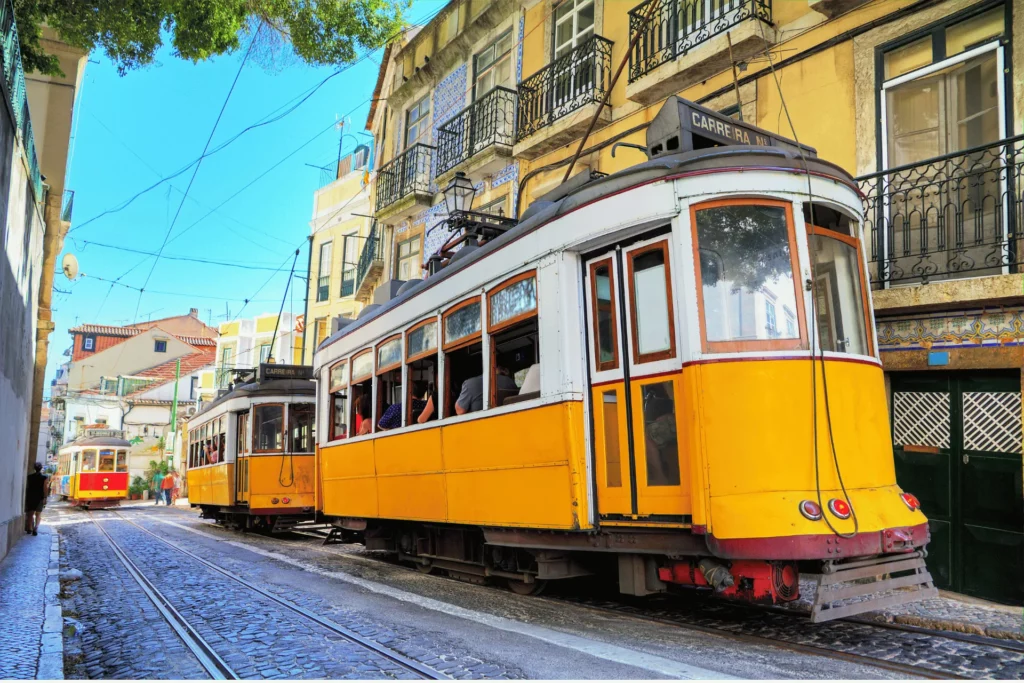
Lisbon
Lisbon, Portugal’s capital, wows with its perfect mix of traditional charm and contemporary buzz. Walk through the historic Alfama district, take a ride on the iconic Tram 28, and marvel at the Jerónimos Monastery and Tower of Belém. Don’t miss the chance to taste the famous pastel de nata in its birthplace. The city’s nightlife in Bairro Alto is a fun experience, featuring a lively blend of traditional Fado music and modern bars. Explore the vibrant LX Factory, a creative hub of shops, cafes, and art spaces in a transformed industrial complex. For panoramic views of Lisbon, visit the São Jorge Castle, perched atop a hill with breathtaking vistas of the city and the Tagus River.
Madeira
Madeira, known as the “Pearl of the Atlantic,” is a vibrant island full of fun and natural beauty. In Funchal, its lively capital, you can wander through the colorful Mercado dos Lavradores, filled with fresh local fruits and bright flowers. For an exciting adventure, try the Monte Toboggan, a unique sled ride down the city’s hills. The island’s lush Laurisilva forest offers amazing hiking trails with beautiful views. Don’t miss tasting the famous Madeira wine at a local cellar. End your day relaxing on the gorgeous beaches along Praia Formosa’s promenade, with the Atlantic Ocean’s waves adding to the serene atmosphere.

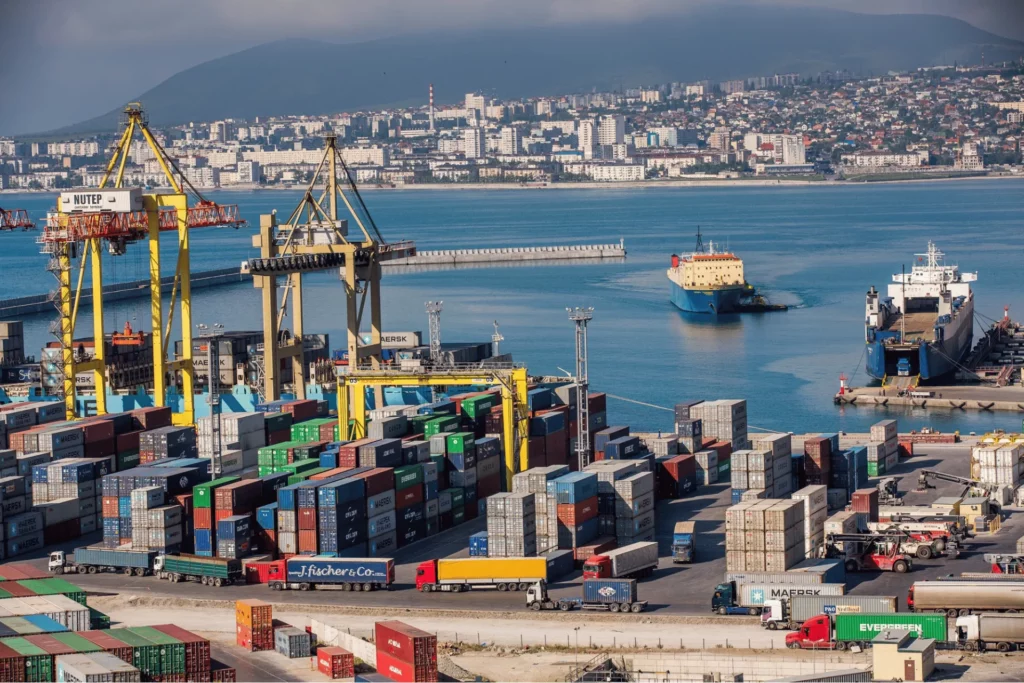
Porto
Porto is a city full of character, with its cobbled streets and riverfront charm. Head down to the Ribeira district by the Douro River and soak in the energy of this historic area. A highlight of Porto is its azulejo tiles, beautifully displayed at the São Bento railway station, offering an artistic feast for the eyes. Porto’s rich port wine heritage truly comes alive in the cellars of Vila Nova de Gaia. Discover the fun and fascinating story of this famous wine, dating back to the 17th century. Each cellar offers an exciting journey through time, where you’ll not only learn about but also taste this world-renowned wine, a true delight for the senses. The iconic Dom Luís I Bridge is not just a means of crossing the river, but a vantage point for some of the most stunning views of Porto. For book lovers, the enchanting Livraria Lello bookstore is a treasure trove of literary wonders, housed in a breathtakingly beautiful building.
Faro
Faro, the captivating capital of Portugal’s Algarve region, known for its stunning beauty and crystal blue waters. Visit the bustling Mercado Municipal, a market filled with fresh produce and traditional Portuguese crafts. Set sail on an exhilarating catamaran adventure, exploring the stunning coastline and its hidden caves. Feel the thrill of spotting dolphins in their natural habitat, an unforgettable experience that brings you closer to the marine life of the Algarve. For a splash of fun, don’t miss Aquashow, one of the region’s best water parks, where excitement awaits for all ages. Try joining a food tour in Faro – it’s the perfect way to taste traditional dishes like Cataplana, a seafood stew rich in local spices and ingredients, and discover the city’s culinary secrets.

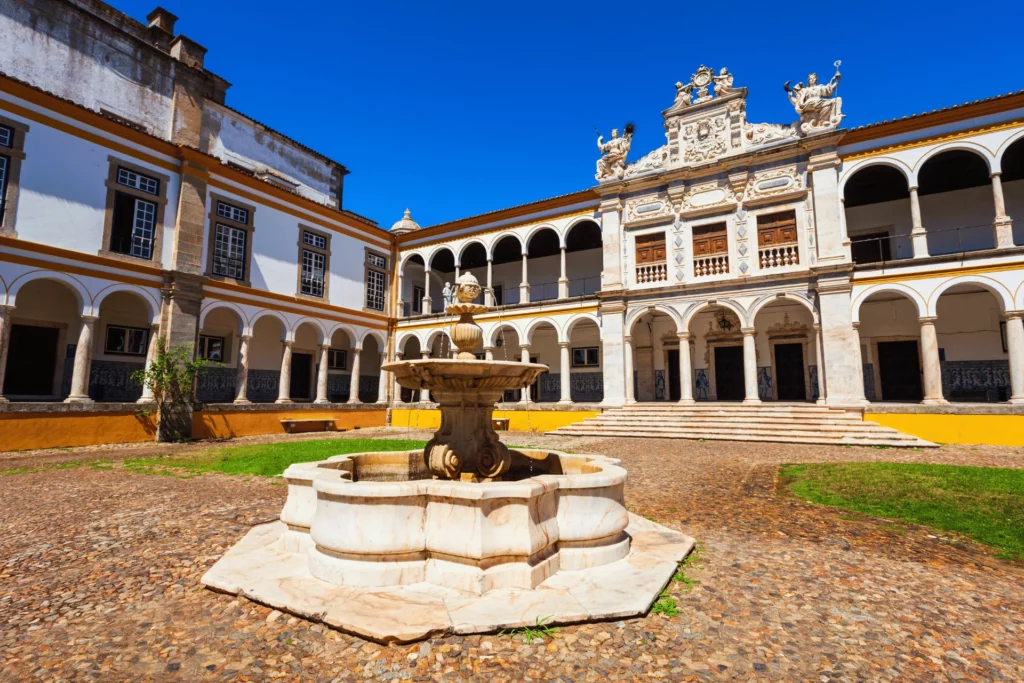
Evora
Often referred to as the “Museum City,” Évora is a living testament to Portugal’s rich history and culture. Make sure to visit the Cathedral of Évora, a stunning mix of Gothic and Romanesque architecture, and climb up to the top of the roof where you will get stunning panoramic views of the city. For a spine-tingling experience, step into the Capela dos Ossos (Chapel of Bones), one of Évora’s most eerie yet intriguing attractions, which is a chapel adorned with human bones and skulls, offering a reflective journey into the transience of human life. The city’s Roman heritage shines through in the well-preserved Roman Temple, also known as the Temple of Diana. And for an unforgettable experience, visitors can take a hot air balloon ride, soaring over the picturesque Alentejo landscape at dawn or dusk, and capture the breathtaking beauty of the region.
Coimbra
Coimbra, home to the oldest university in Portugal, is a captivating riverfront city steeped in history and brimming with architectural wonders. Join a walking tour to explore places like the prestigious University of Coimbra, where you’ll be in awe of its magnificent library, the Biblioteca Joanina, a true baroque masterpiece. As you meander through the city’s ancient streets, adorned with charming traditional shops and cafes, you’ll discover the Old Cathedral of Coimbra, a remarkable example of Romanesque architecture. History and architecture enthusiasts will find their hearts content with a wealth of monasteries and cathedrals, each showcasing diverse architectural styles, from the grandeur of Gothic to the intricate details of Romanesque. Be sure not to miss the chance to immerse yourself in the hauntingly beautiful Fado de Coimbra, a unique form of Fado music that resonates through the voices of talented university students.
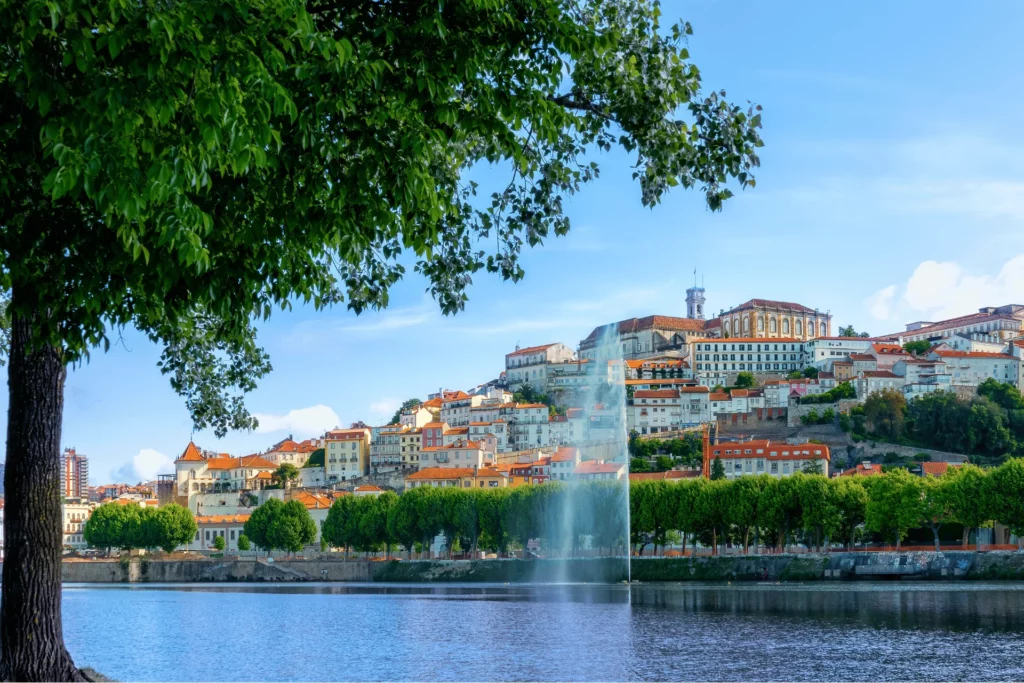

Braga
Braga, known as the “Portuguese Rome,” is the perfect blend of religious history and contemporary culture. Begin your journey at Bom Jesus do Monte, an awe-inspiring baroque sanctuary. Climb its iconic zigzag staircase, flanked by statues and fountains, for panoramic city views. Don’t miss exploring Braga Cathedral, Portugal’s most ancient cathedral, with its rich architectural tapestry and historical treasures. Wander through Braga’s historic center, alive with cozy cafes and unique shops amidst charming old buildings. Make sure to taste the local specialty, Bacalhau à Braga – a savory codfish delight that’s a must-try.
